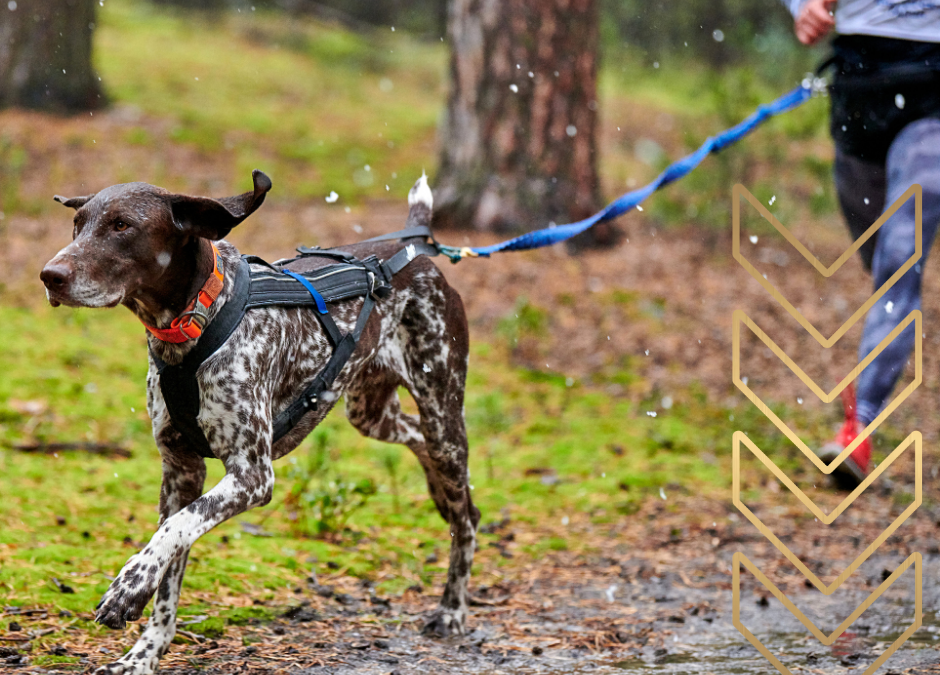Running with your four-legged friend can be an exciting and fulfilling experience as it strengthens your bond while strengthening your muscles and increasing health benefits for both of you. Whether you’re training for your next race or just enjoying a leisurely jog, involving your dog can make it even more enjoyable. However, it’s essential to ensure that your dog remains healthy and happy during training. In this blog post, we’ll provide you with valuable tips to keep your furry running partner in top shape.
Consult Your Vet:
Before starting any training regimen, schedule a visit with your veterinarian. They can help determine if your dog is fit for the level of exercise you have in mind, provide vaccination recommendations, and address any breed-specific concerns.
Start Slow:
Just like humans, dogs need to build their endurance gradually. Begin with short runs and increase the distance over time. Watch your dog for signs of fatigue, like lagging behind or excessive panting, and adjust accordingly. It’s okay to take a day off.
Proper Nutrition:
Ensure your dog’s diet supports their active lifestyle. Consult your vet for guidance on the best food and feeding schedule for a running dog. Maintaining a healthy weight is crucial for joint health and overall fitness.
Hydration:
Carry water for both you and your dog during runs. Stop for regular water breaks. Dogs can’t cool themselves as efficiently as humans, so they’re at risk of overheating. Be mindful of signs of dehydration, such as excessive panting or thick saliva.
Leash and Harness:
Invest in a comfortable and secure leash and harness system designed for running. This ensures both safety and control during your runs. The right gear can help prevent injuries to both you and your pet.
Listen to Your Dog:
Pay close attention to your dog’s body language. If they seem reluctant to run or are experiencing discomfort, it’s crucial to stop and rest. Overexertion can lead to injury or negative associations with running.
Rest Days:
Just like human athletes, dogs need rest days. Incorporate light, low-impact activities like short walks, swimming, or playtime to allow their bodies to recover.
Paw Care:
Protect your dog’s paws by checking for injuries or irritations before and after each run. Consider using dog booties or paw wax to protect their feet during rough runs.
Positive Reinforcement:
Use positive reinforcement to encourage good behavior and obedience during runs. Reward your dog with treats and praise to make the training experience enjoyable for them.
Post-Run Care:
After each run, check your dog for ticks, burrs, or any other foreign objects in their fur. A quick rubdown and brushing can help keep their coat healthy.
With the right preparation and care, your dog can become a fantastic running partner for those long and satisfying runs. Keep their health and well-being at the forefront of your training routine, listen to your dog’s needs, and you can ensure a healthy and enjoyable running experience for you both. Always prioritize your dog’s well-being, and together you can conquer many miles on the road or trail.

